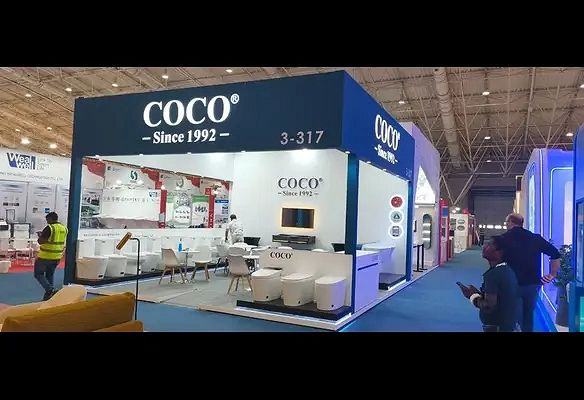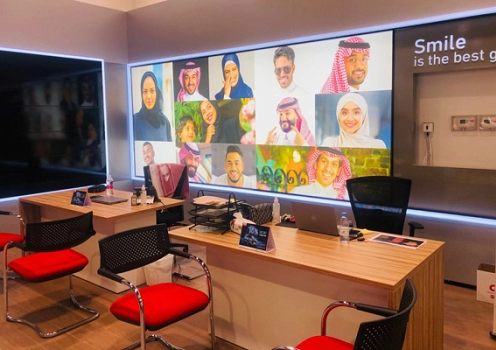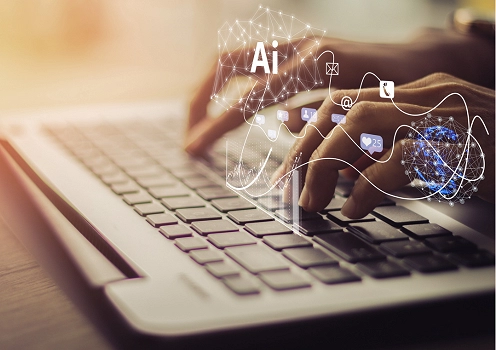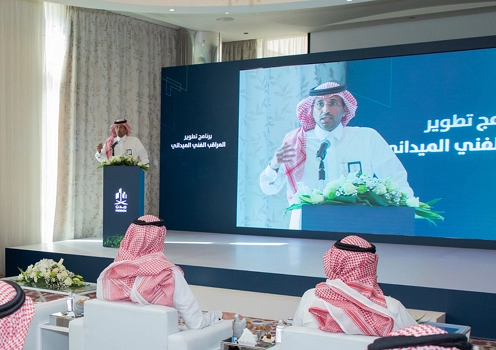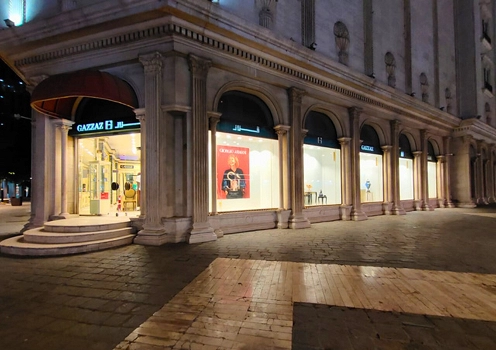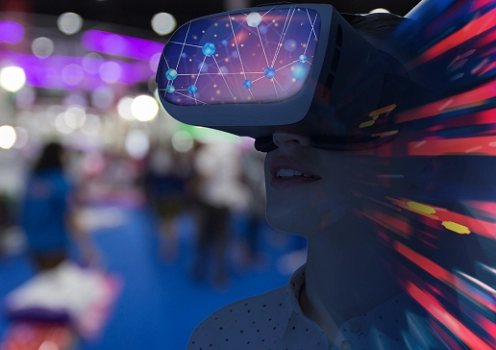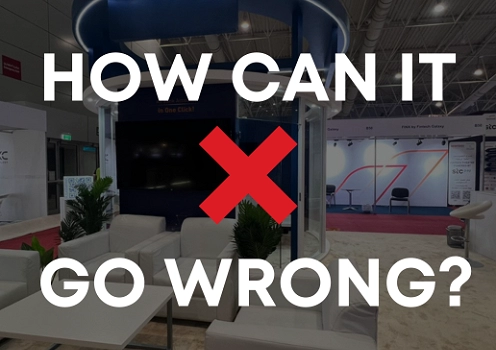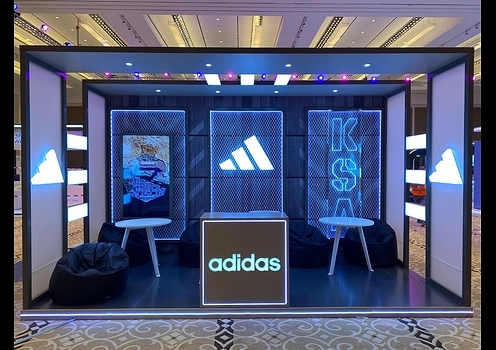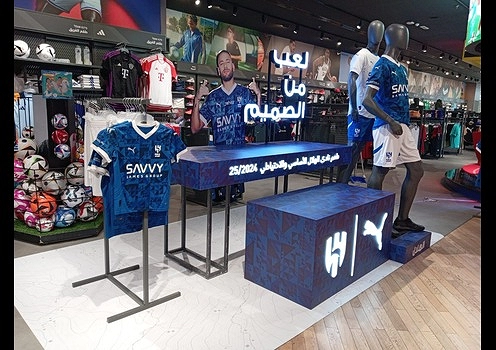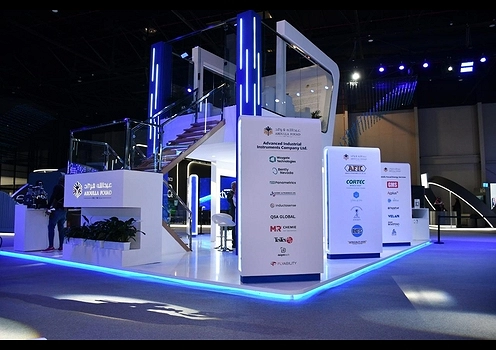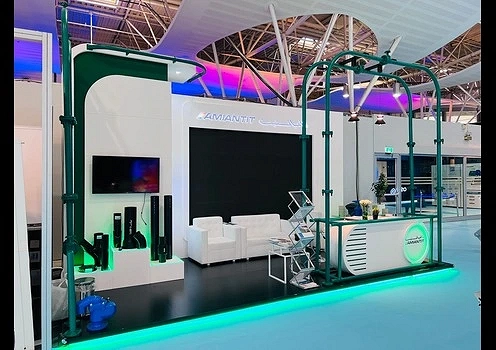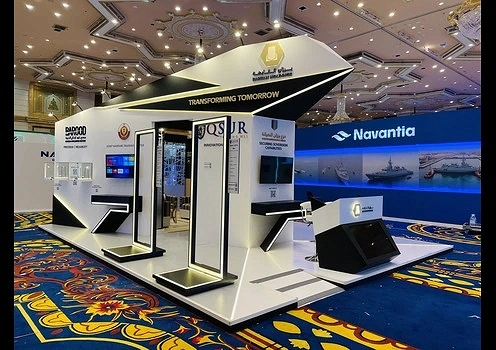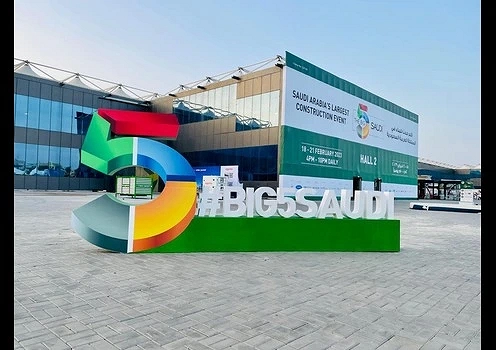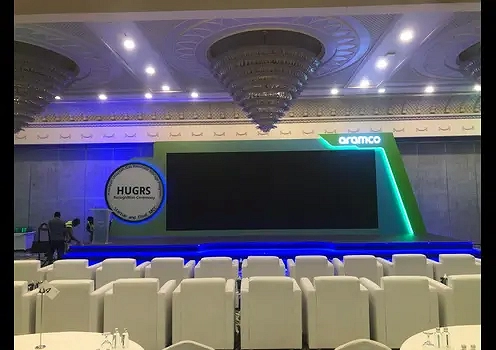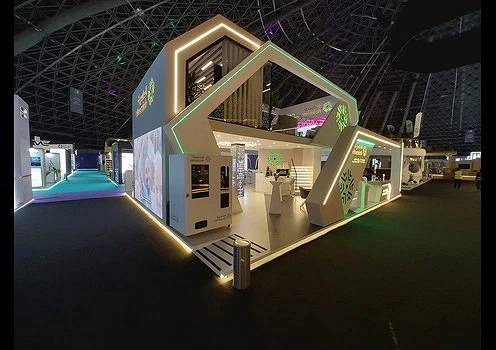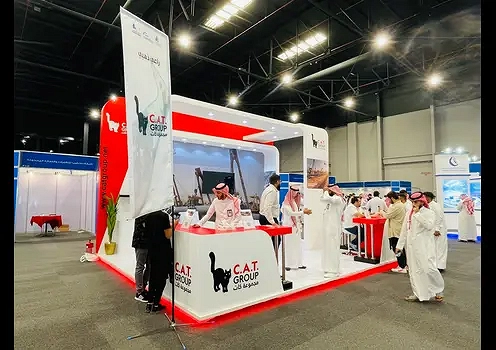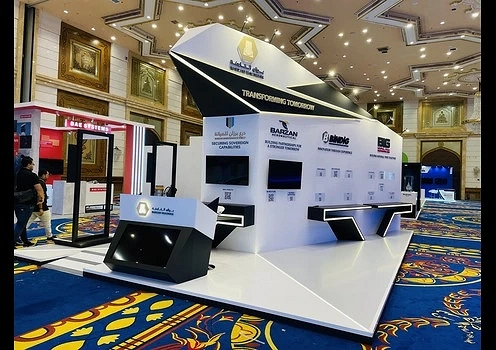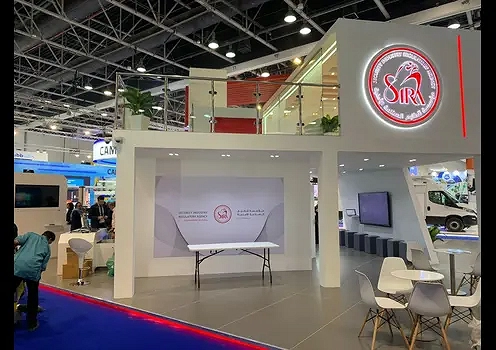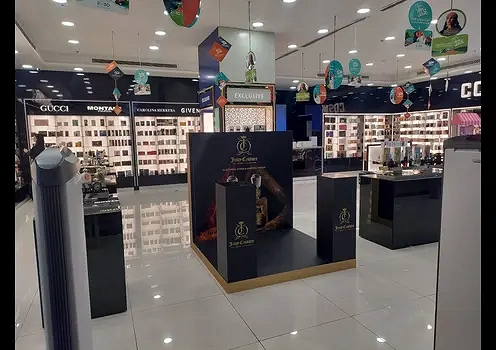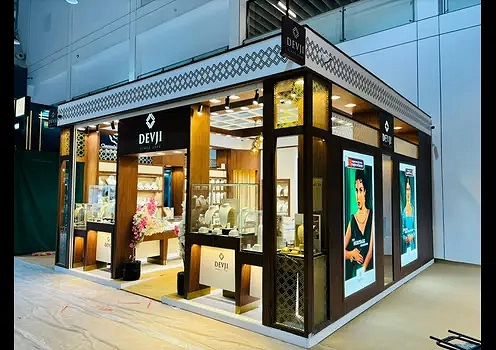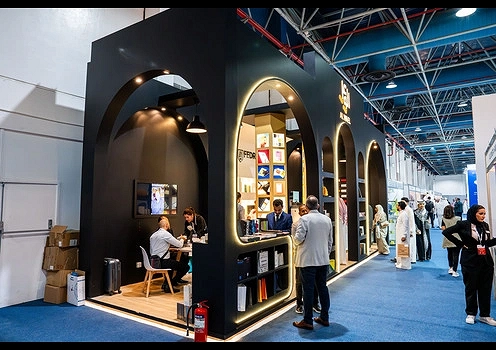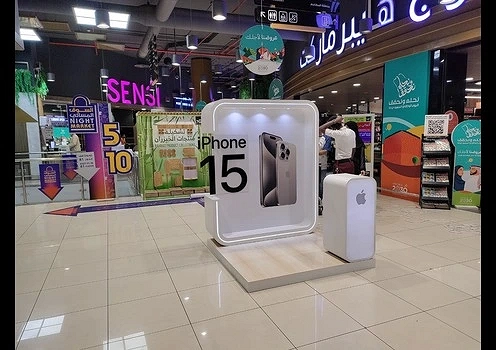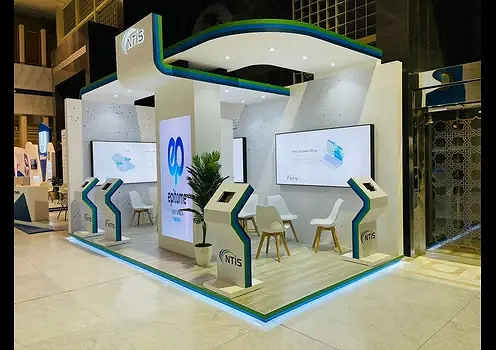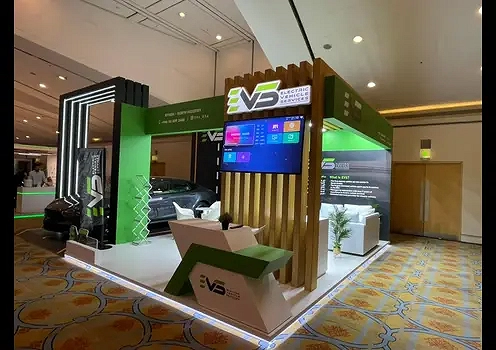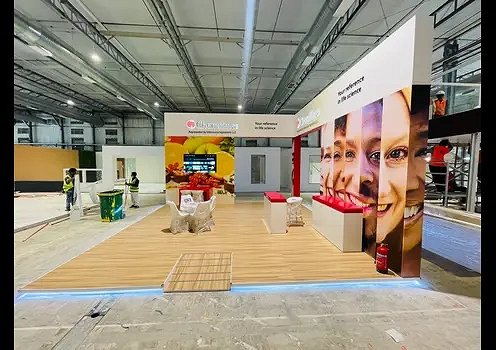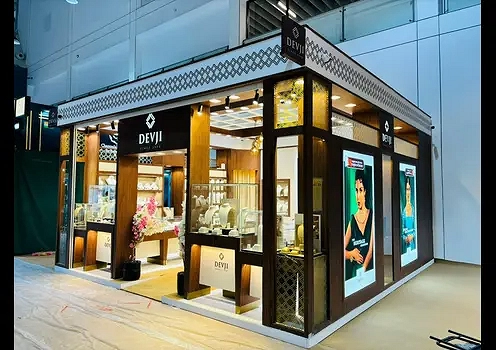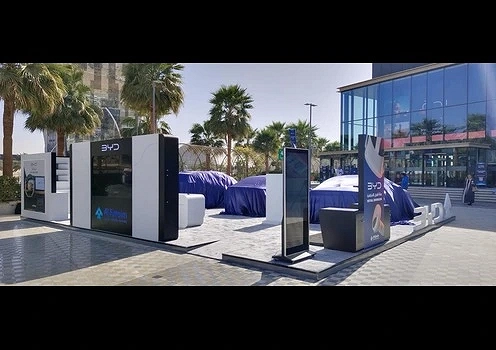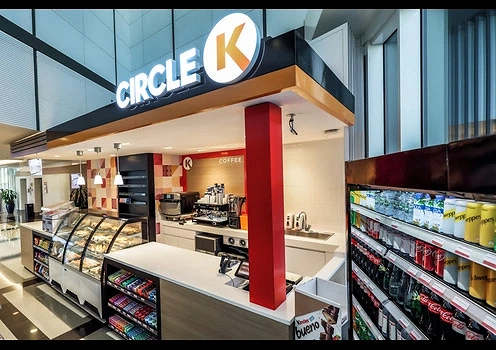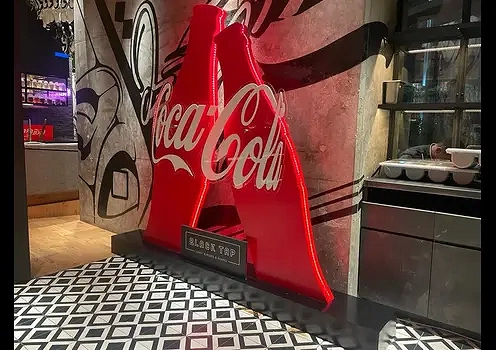Introduction
Exhibition booths by the Exhibition Stand Builders in Saudi Arabia and other countries serve as dynamic spaces where businesses showcase their products and services. While eye-catching displays are essential, the importance of the seating in these exhibition booths is often overlooked. Seating areas will provide comfort and can encourage meaningful interactions between both exhibitors and attendees. This blog includes the multifaceted role of seating areas in exhibition booths.
Enhancing Visitor Comfort
Attendees at exhibitions often spend hours searching large venues and engaging with different exhibitors. The seating area offers visitors a place to rest and gather their thoughts before continuing their exploration. Giving comfortable seating can enhance the visitor experience, which makes them more engaged in conversations and absorb key messages from the exhibitors.
Facilitating Meaningful Conversations
Many exhibition booths by the exhibition stand builders in Dubai and other countries serve as a platform for networking and discussions. A well-designed area will provide an environment for in-depth conversations and enable exhibitors to connect with the clients, partners, and stakeholders.
Encouraging Engagement and Retention
A good seating arrangement can encourage visitors to spend more time with the exhibition booth. When the clients are comfortable in the booths, they are more likely to stay longer and learn more through the company branding. The longer a visitor remains engaged with an exhibitor, the higher the chances of converting interest into meaningful business opportunities.
Supporting Brand Identity and Messaging
Seating areas can be integrated into the designs and company branding. Stylish and customized seating can reinforce company branding aesthetics and generate a lasting impression on visitors. Adding brand colors, logos, and themes can enhance brand recall and ensure cohesive visual identity throughout the booth.
Creating Zones for Different Interactions
Exhibition booths can serve many purposes, which include demonstrations, networking, and client meetings. Strategically placing can help divide a booth into functional zones. For example:
Casual Seating: Open seating areas with a lounge can encourage informal discussions and networking.
Private Meeting Spaces: Partitioned areas with tables can provide a quiet setting for confidential business meetings.
Presentation Zones: Auditorium-styled seating arrangements can facilitate product demonstrations or keynote speeches.
Enhancing Accessibility and Inclusivity
An inclusive exhibition booth should cater to all attendees, which includes mobility challenges. Giving ample seating options can make sure that individuals who need rest or support can participate fully in the event. Exhibitions that include seating arrangements that accommodate wheelchair users or elderly visitors can be engaging.
Leveraging Technology and Interactive Experiences
Seating areas can be integrated with technology to improve visitor engagement. For instance, charging stations and interactive tables can be embedded with seating arrangements. These additions can provide value to visitors and create additional touchpoints for brand messaging and engagement.
Psychological Impact of Seating Design
The design and arrangement of seating areas influence visitors' behavior. Comfortable seating can generate a sense of hospitality and relaxation, which makes attendees feel valued. The seating can contribute pleasing layouts, contributing to a positive ambiance.
Conclusion
Seating areas can play an important role in exhibition booths by enhancing comfort and encouraging engagement. Thoughtfully designed seating arrangements can contribute to a positive visitor experience and facilitate meaningful interactions. By integrating well-planned seating areas, exhibitors can generate inviting spaces that leave a lasting impression on attendees.


